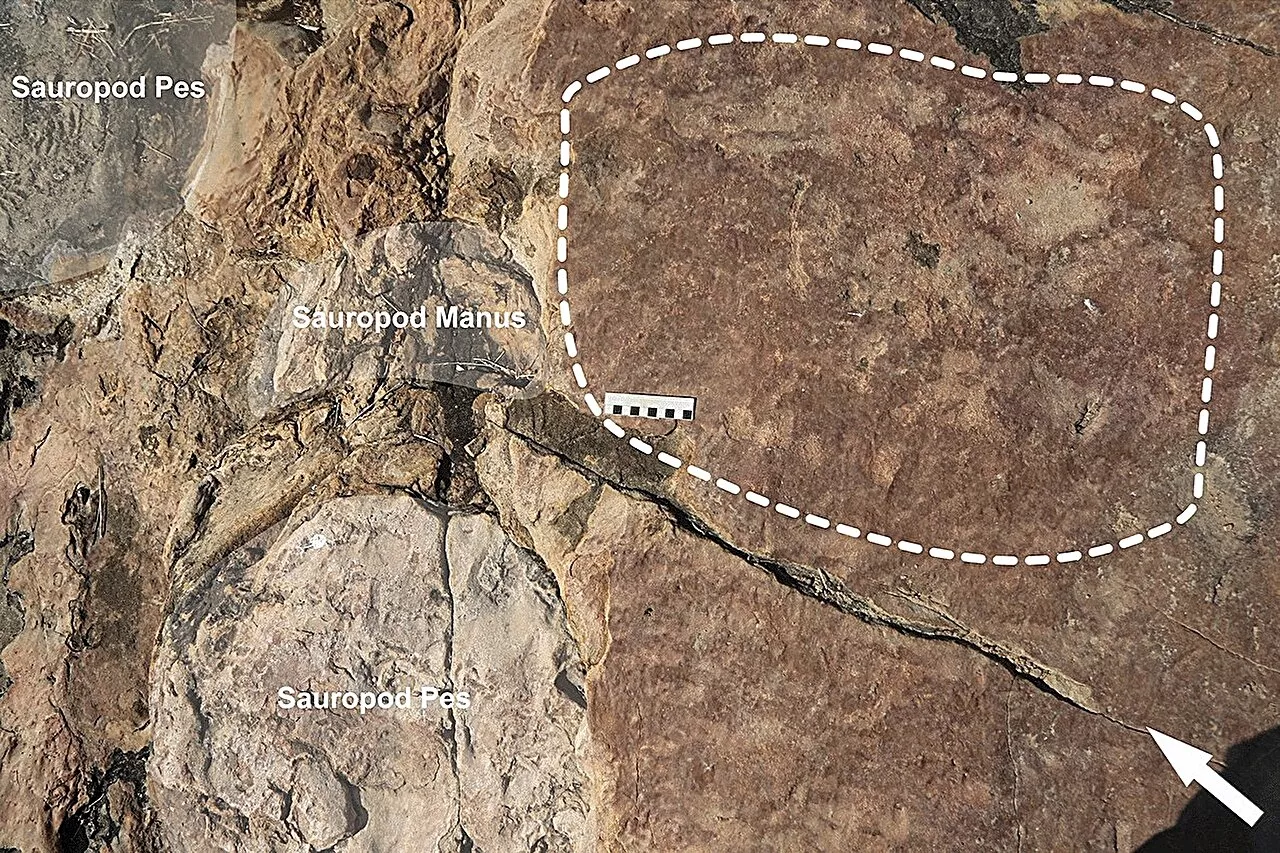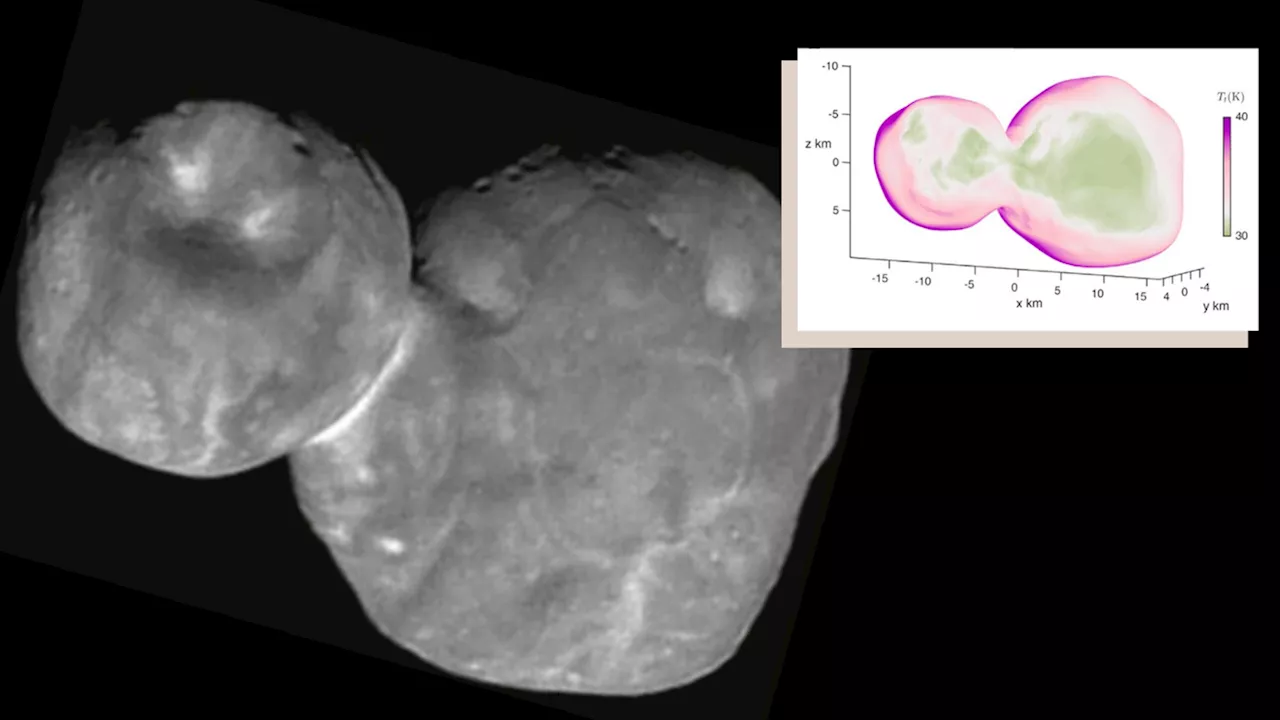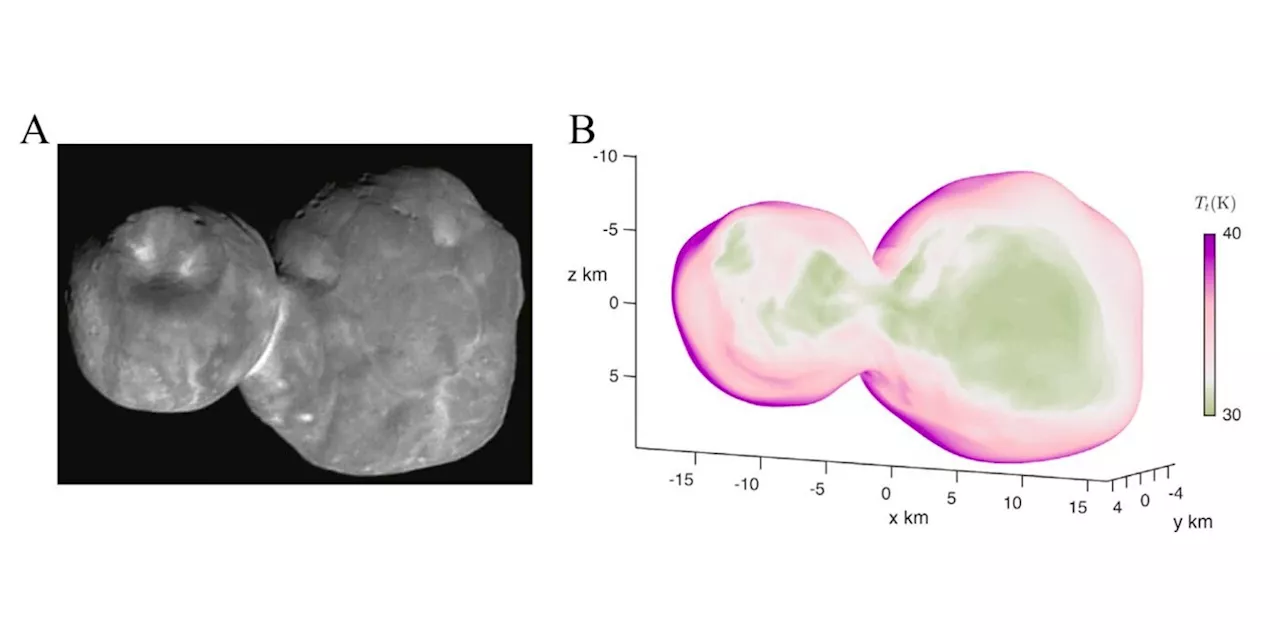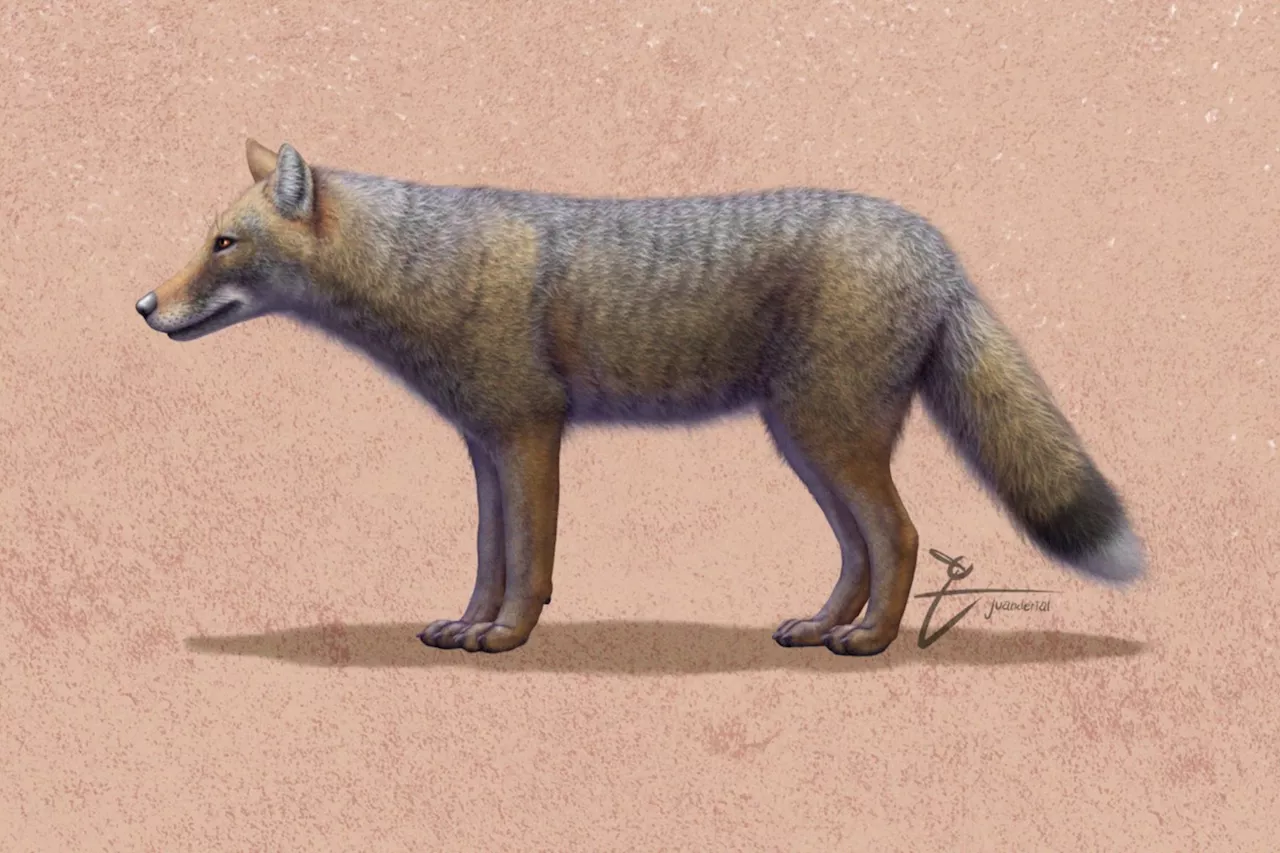An astrophysicist has simulated the appearance of our galaxy as it would have been seen from Egypt 4,000 years ago.
The massive galaxy that houses our star system, along with hundreds of billions of other stars, appears as a shimmery splotch stretching across our night skies on clear, moonless nights. For an ancient people who were rather obsessed with the cosmos, looking up at the Milky Way may have symbolized a goddess that hangs over the Earth and assists the dead on their journey to the afterlife.
” Graur referred to ancient Egyptian texts, including the Book of Nut, which was originally titled Fundamentals of the Course of the Stars. The text focuses on the movements of the Moon, Sun, planets, and the cycles of the stars. He also used simulations to model what the Milky Way would have looked like from different locations in Egypt 3,000 to 4,000 years ago, as well as how its appearance would change as it rose and set throughout the night, and from one season to the other.
Egyptian Goddesses Sky Galaxy Night Sky Universe Observational Astronomy Sun Mother Goddesses Graur Nut The Moon Constellation Goddess Astronomy The Sun Gizmodo
United Kingdom Latest News, United Kingdom Headlines
Similar News:You can also read news stories similar to this one that we have collected from other news sources.
 Dig site findings suggests ancient artists may have been inspired by preserved dinosaur footprintsA team of archaeologists and paleontologists affiliated with several institutions in Brazil has found evidence that ancient artists living in what is now Brazil may have created petroglyphs that were inspired by preserved dinosaur footprints in a shared area.
Dig site findings suggests ancient artists may have been inspired by preserved dinosaur footprintsA team of archaeologists and paleontologists affiliated with several institutions in Brazil has found evidence that ancient artists living in what is now Brazil may have created petroglyphs that were inspired by preserved dinosaur footprints in a shared area.
Read more »
 Ancient campsite may show how humans survived volcanic super-eruptionEvidence from an archaeological site in Ethiopia suggests ancient humans adapted their diet during a dry spell after the Toba volcano eruption 74,000 years ago
Ancient campsite may show how humans survived volcanic super-eruptionEvidence from an archaeological site in Ethiopia suggests ancient humans adapted their diet during a dry spell after the Toba volcano eruption 74,000 years ago
Read more »
 Arrokoth the 'space snowman' and other Kuiper Belt objects may be packed with ancient iceRobert Lea is a science journalist in the U.K. whose articles have been published in Physics World, New Scientist, Astronomy Magazine, All About Space, Newsweek and ZME Science. He also writes about science communication for Elsevier and the European Journal of Physics. Rob holds a bachelor of science degree in physics and astronomy from the U.K.
Arrokoth the 'space snowman' and other Kuiper Belt objects may be packed with ancient iceRobert Lea is a science journalist in the U.K. whose articles have been published in Physics World, New Scientist, Astronomy Magazine, All About Space, Newsweek and ZME Science. He also writes about science communication for Elsevier and the European Journal of Physics. Rob holds a bachelor of science degree in physics and astronomy from the U.K.
Read more »
 Study reveals ancient ice may still exist in distant space objectsA paper recently published in Icarus presents findings about the Kuiper Belt Object 486958 Arrokoth, shedding new light on the preservation of volatile substances like carbon monoxide (CO) in such distant celestial bodies.
Study reveals ancient ice may still exist in distant space objectsA paper recently published in Icarus presents findings about the Kuiper Belt Object 486958 Arrokoth, shedding new light on the preservation of volatile substances like carbon monoxide (CO) in such distant celestial bodies.
Read more »
 Ancient ice may still exist in distant space objects, researchers findA new paper presents findings about the Kuiper Belt Object 486958 Arrokoth, shedding new light on the preservation of volatile substances like carbon monoxide in such distant celestial bodies.
Ancient ice may still exist in distant space objects, researchers findA new paper presents findings about the Kuiper Belt Object 486958 Arrokoth, shedding new light on the preservation of volatile substances like carbon monoxide in such distant celestial bodies.
Read more »
 Archaeologists Think Ancient South Americans May Have Kept Foxes as PetsAn extinct species of fox was found buried alongside more than 20 humans from over 1,500 years ago.
Archaeologists Think Ancient South Americans May Have Kept Foxes as PetsAn extinct species of fox was found buried alongside more than 20 humans from over 1,500 years ago.
Read more »
